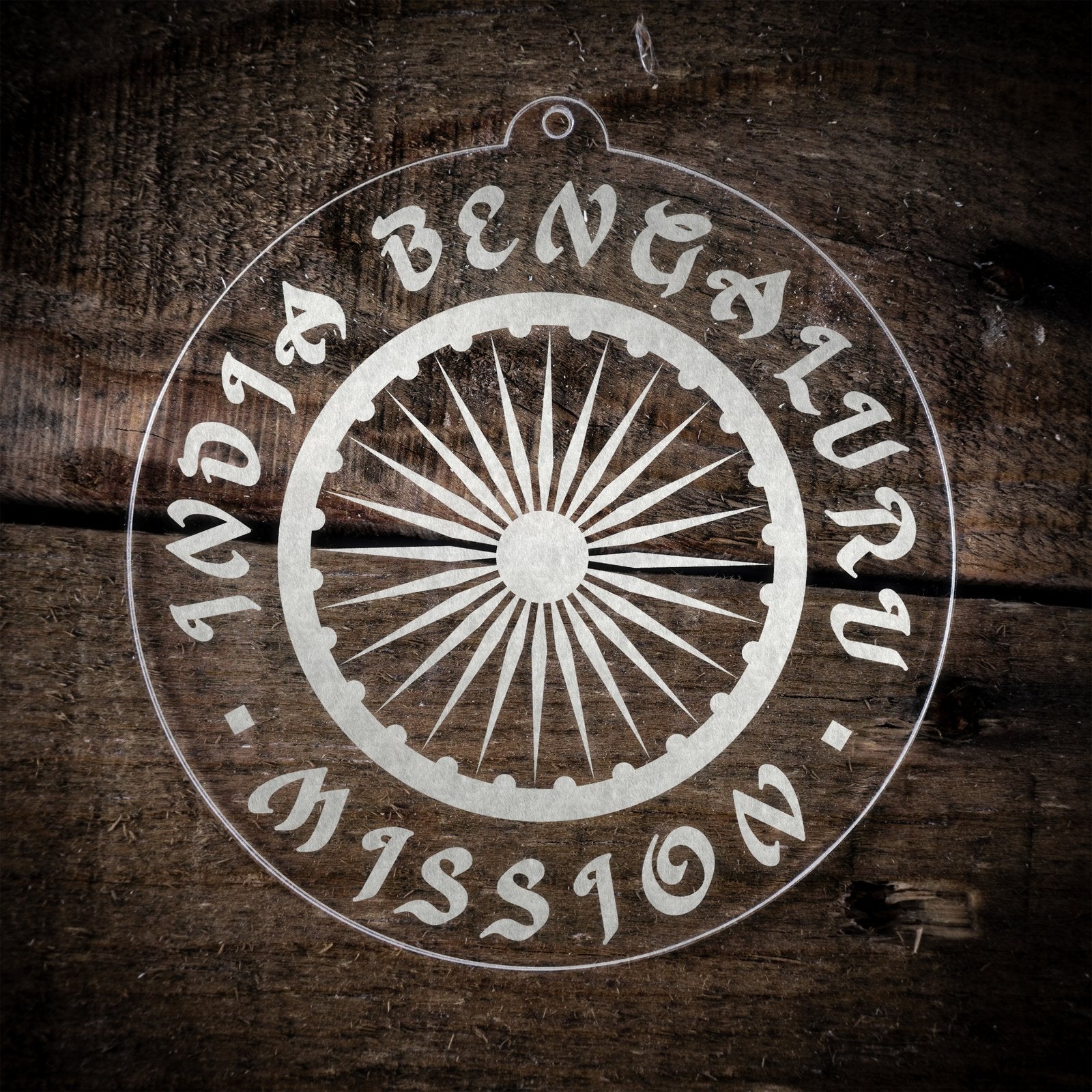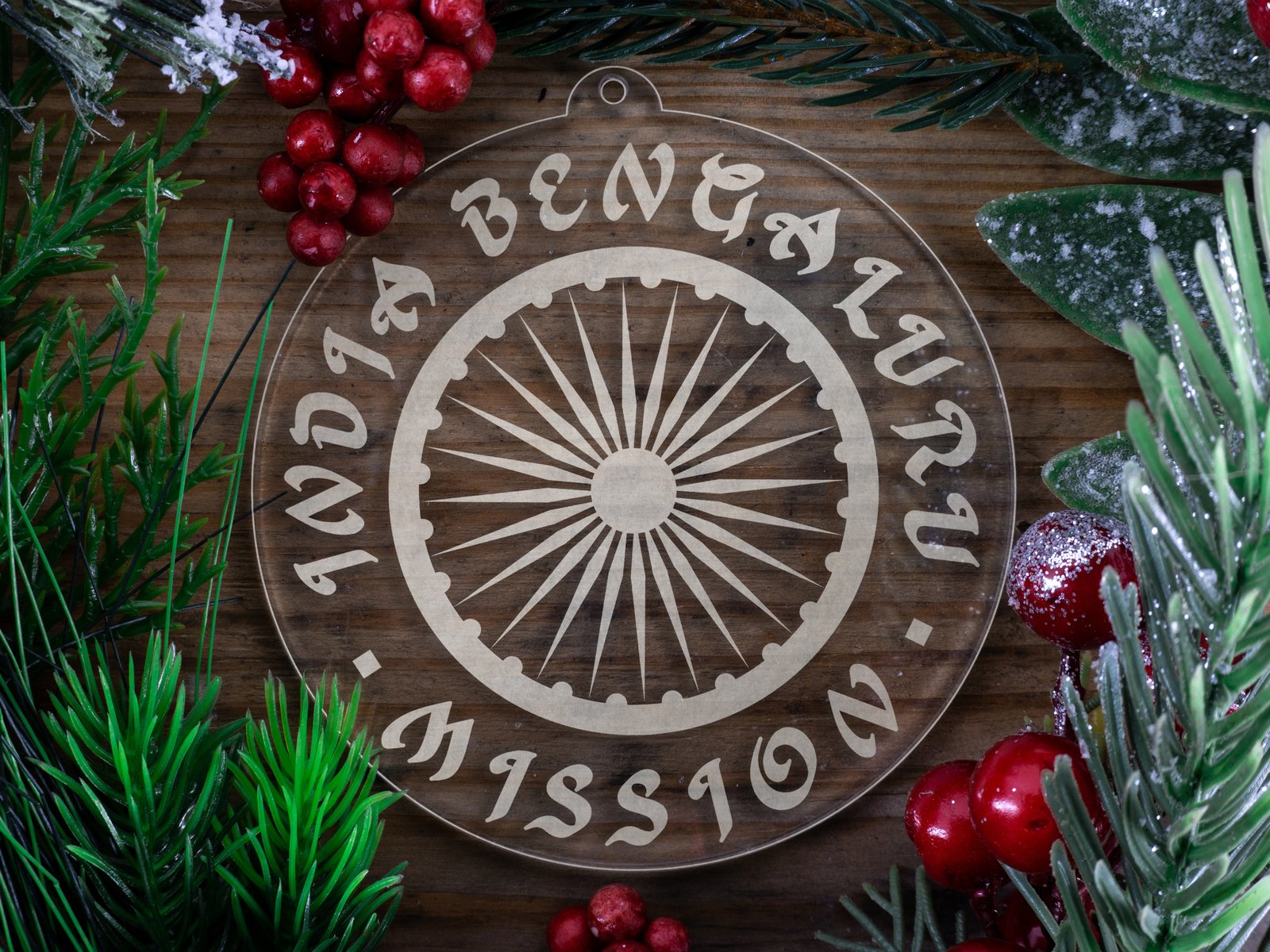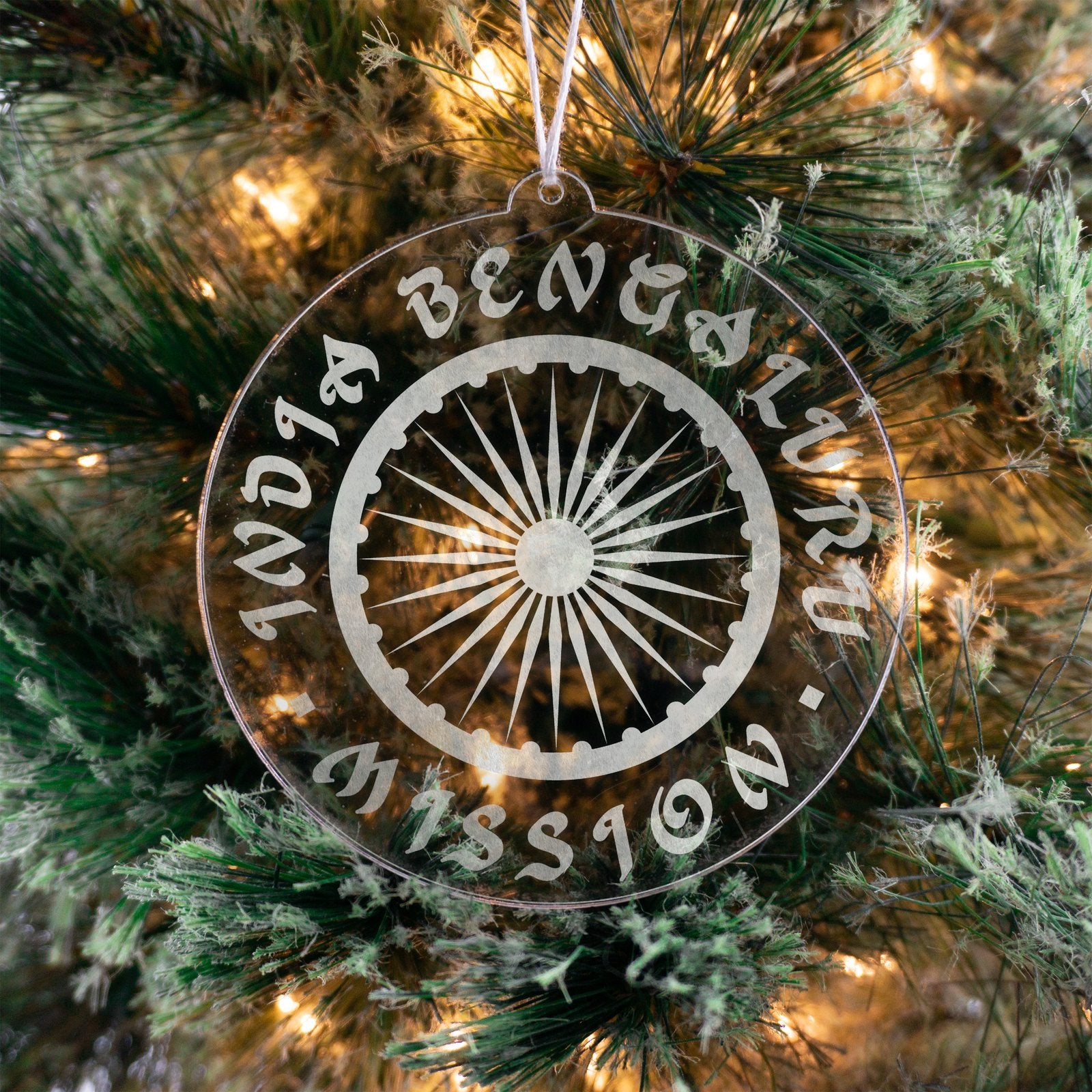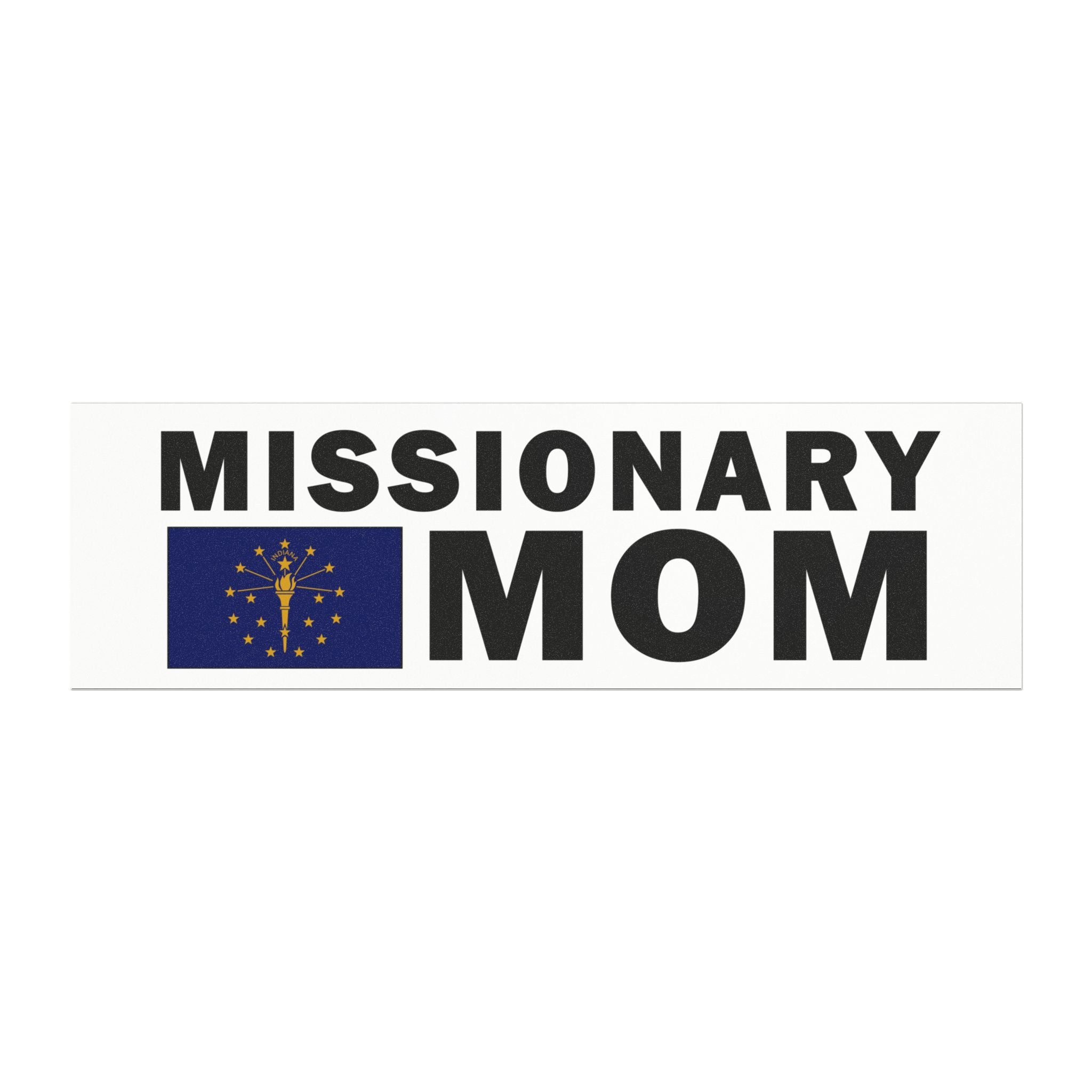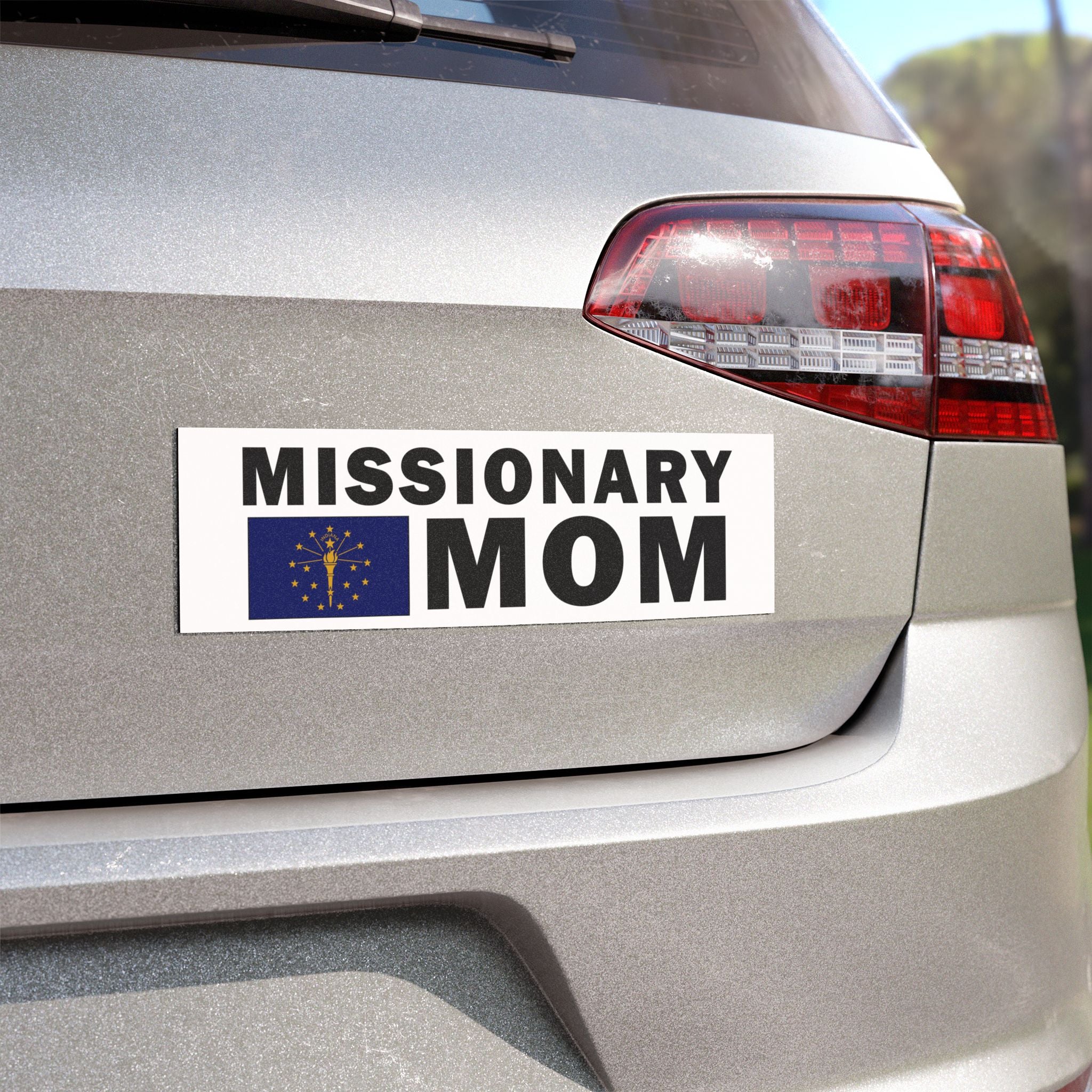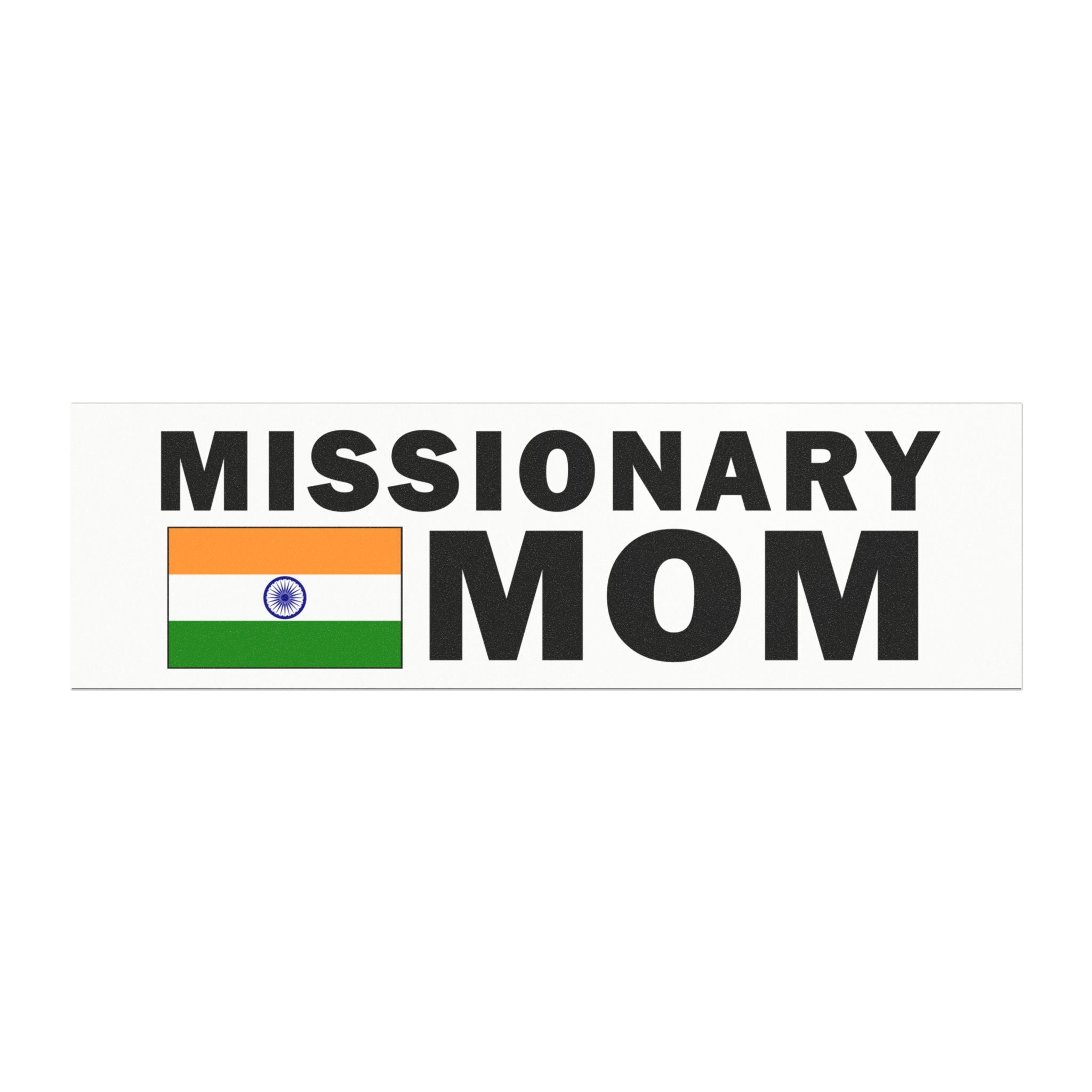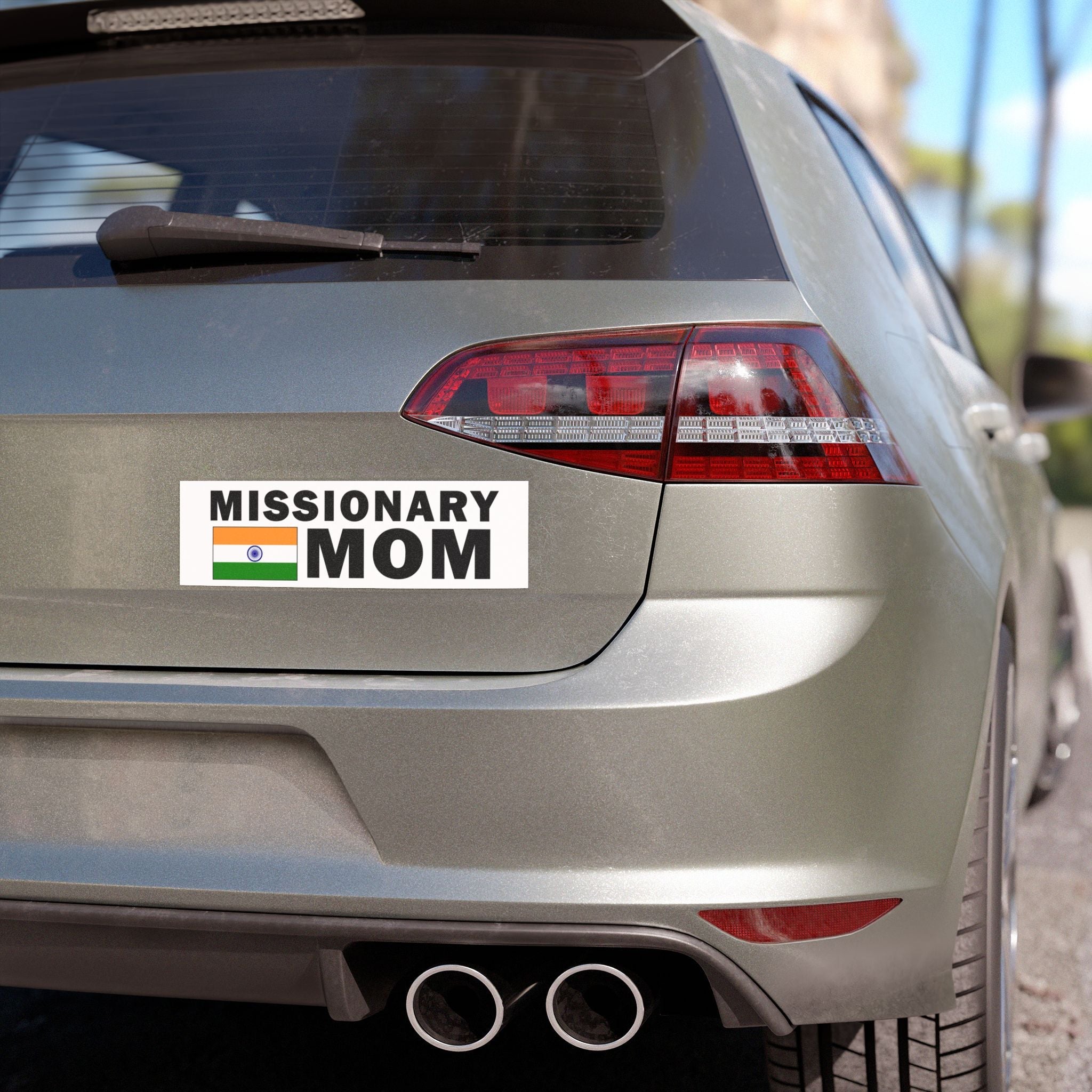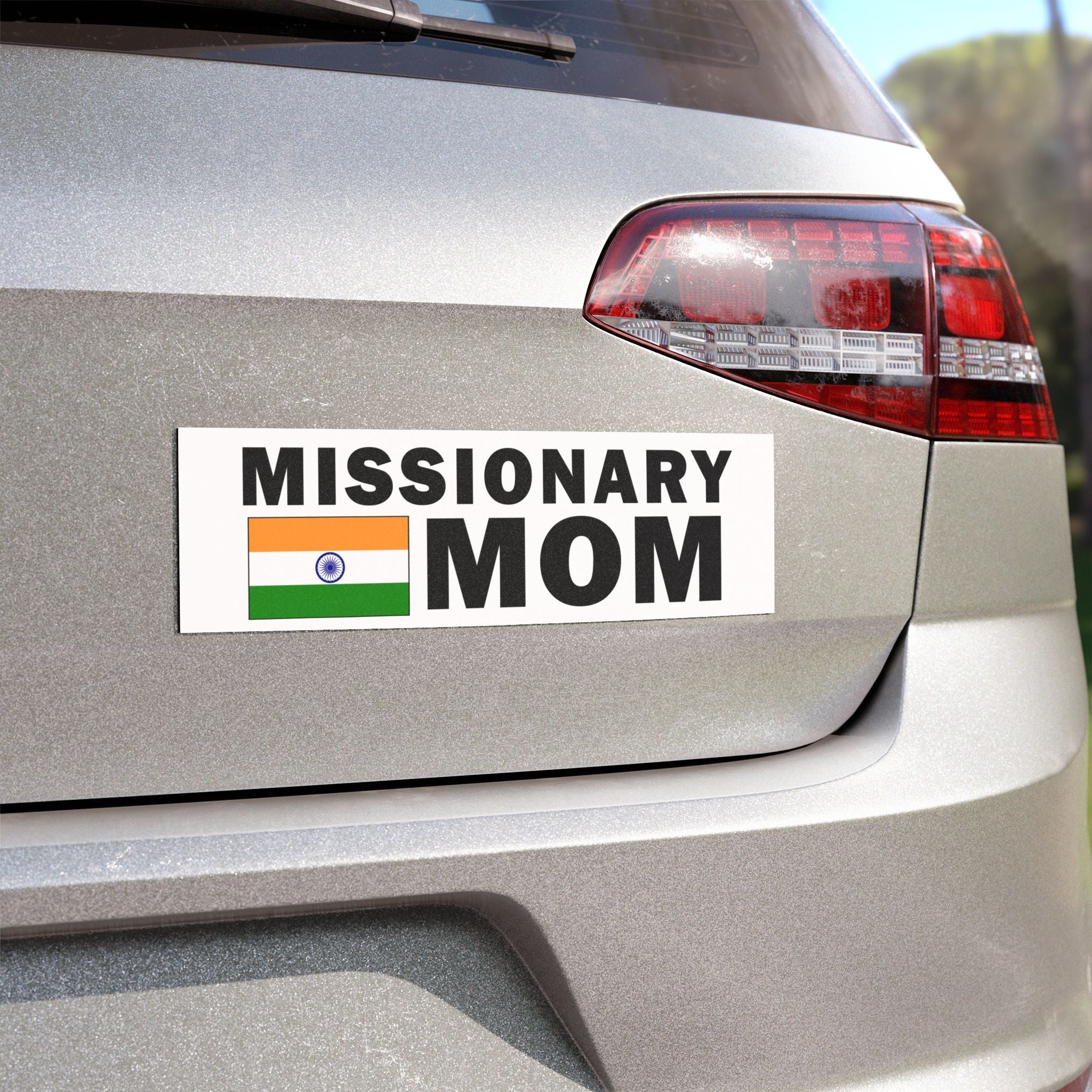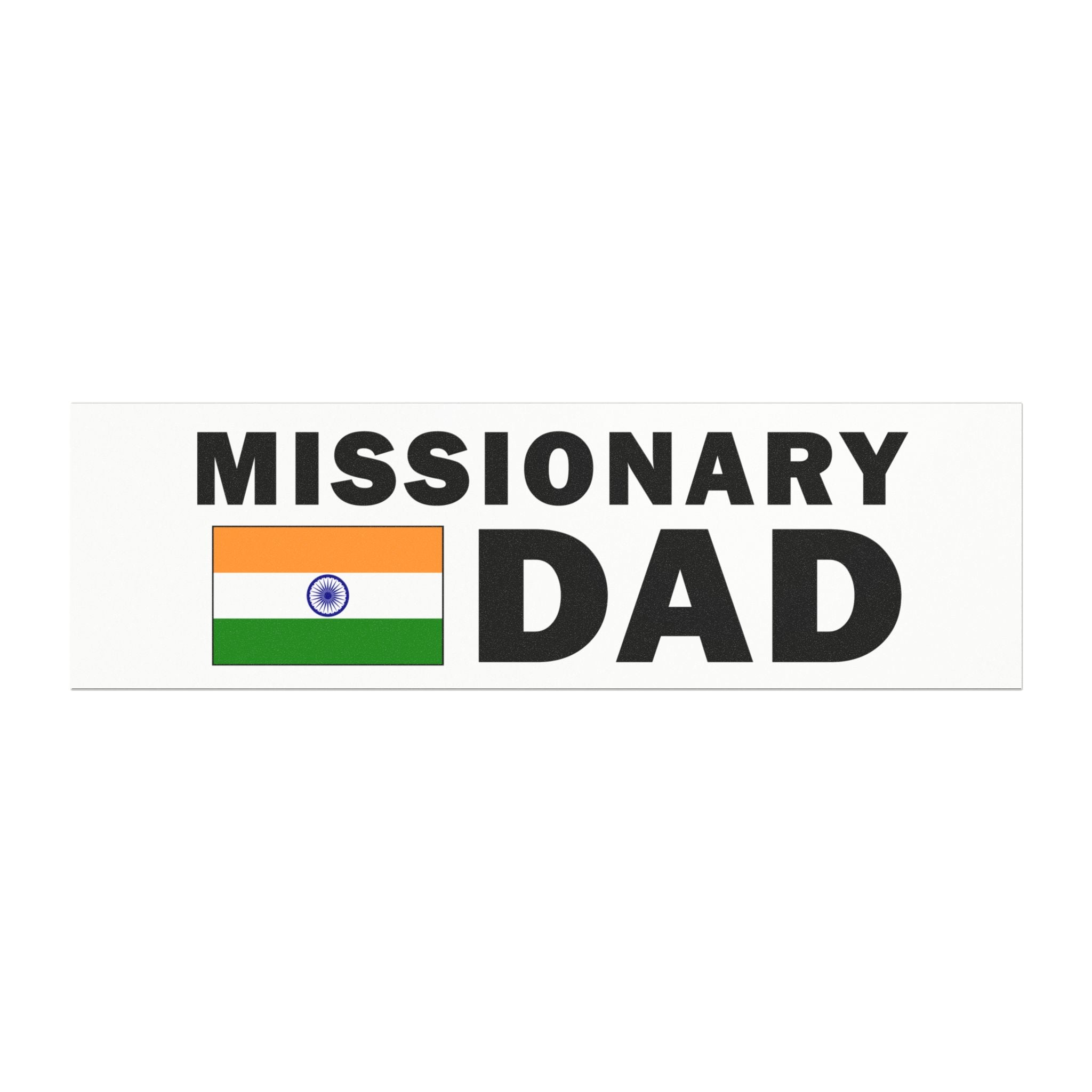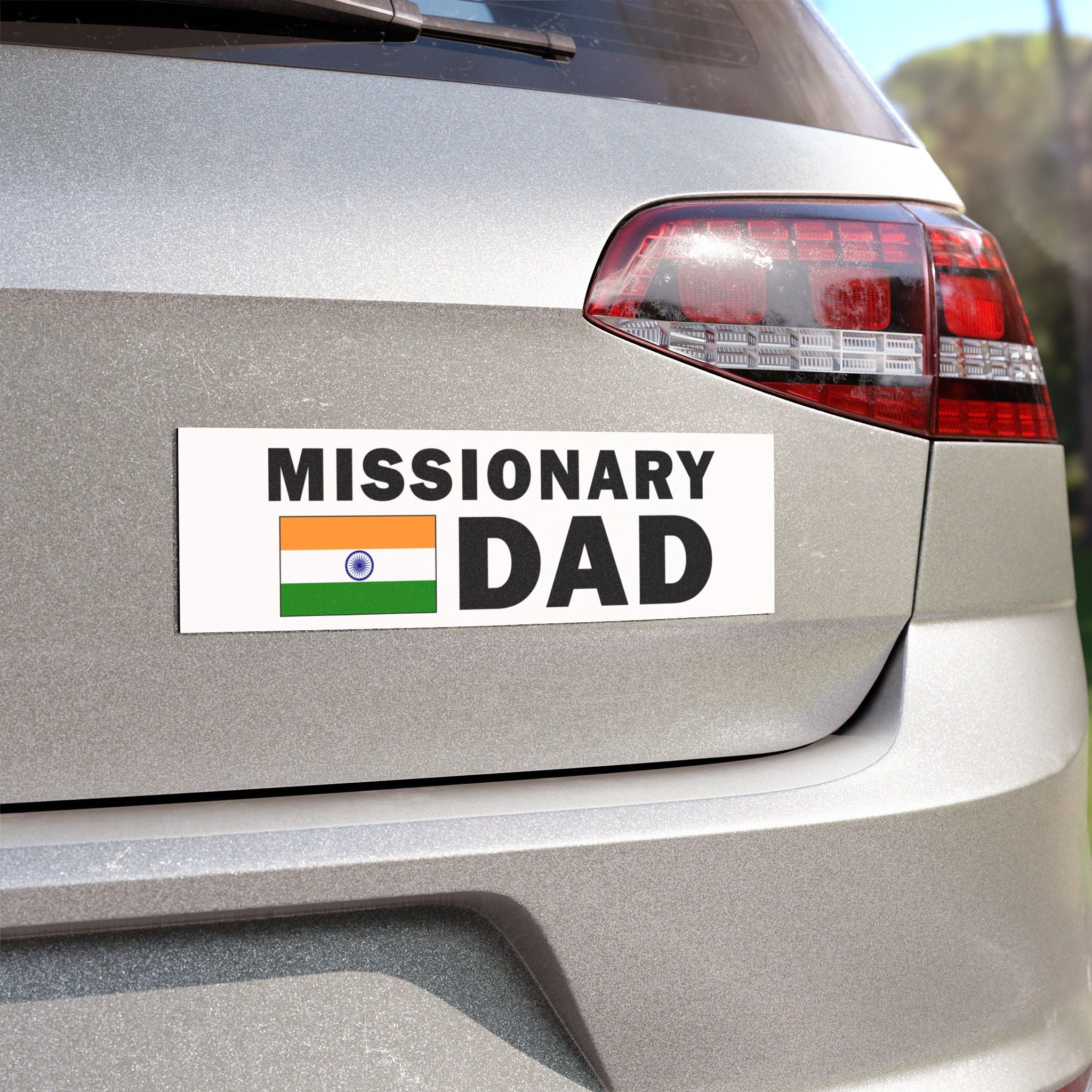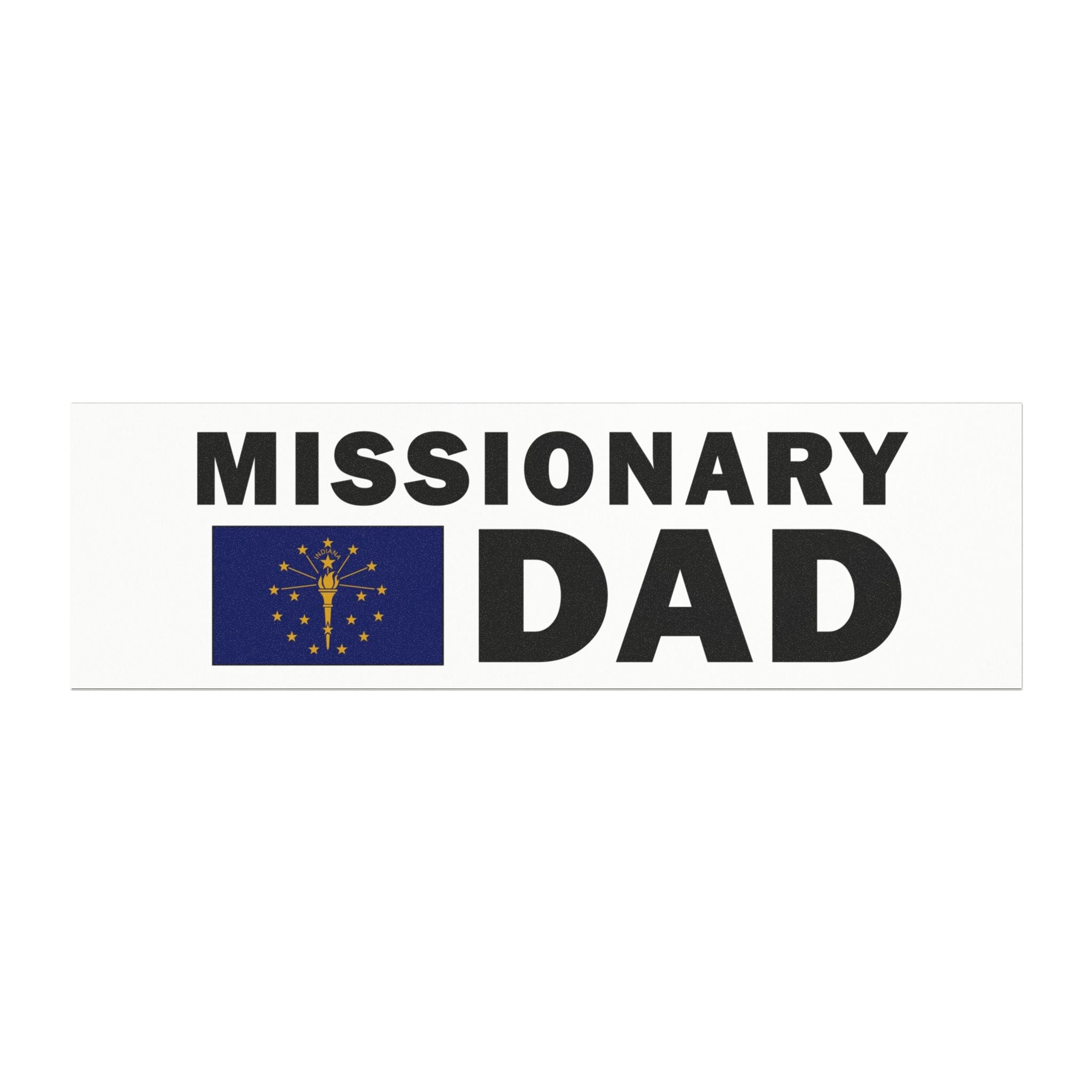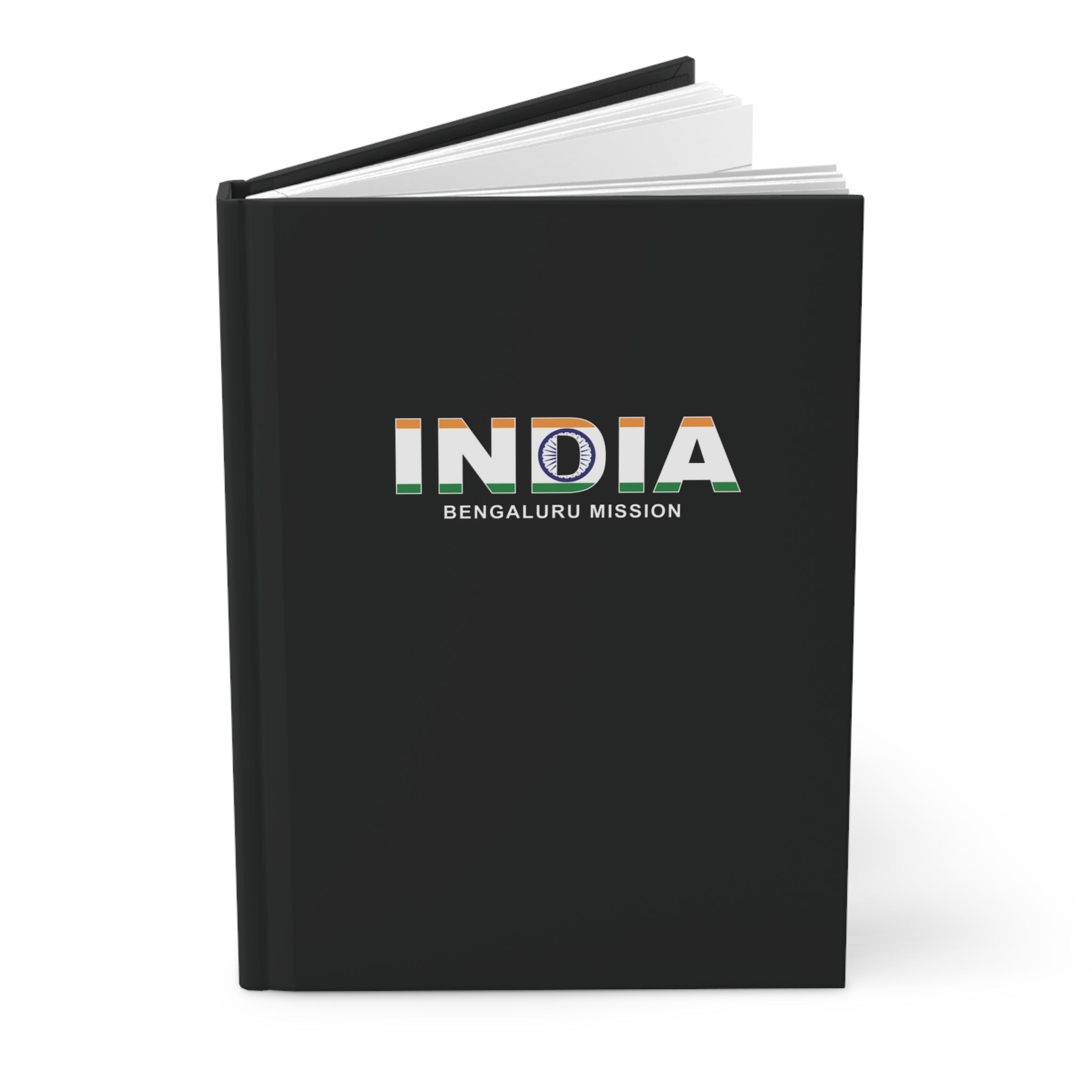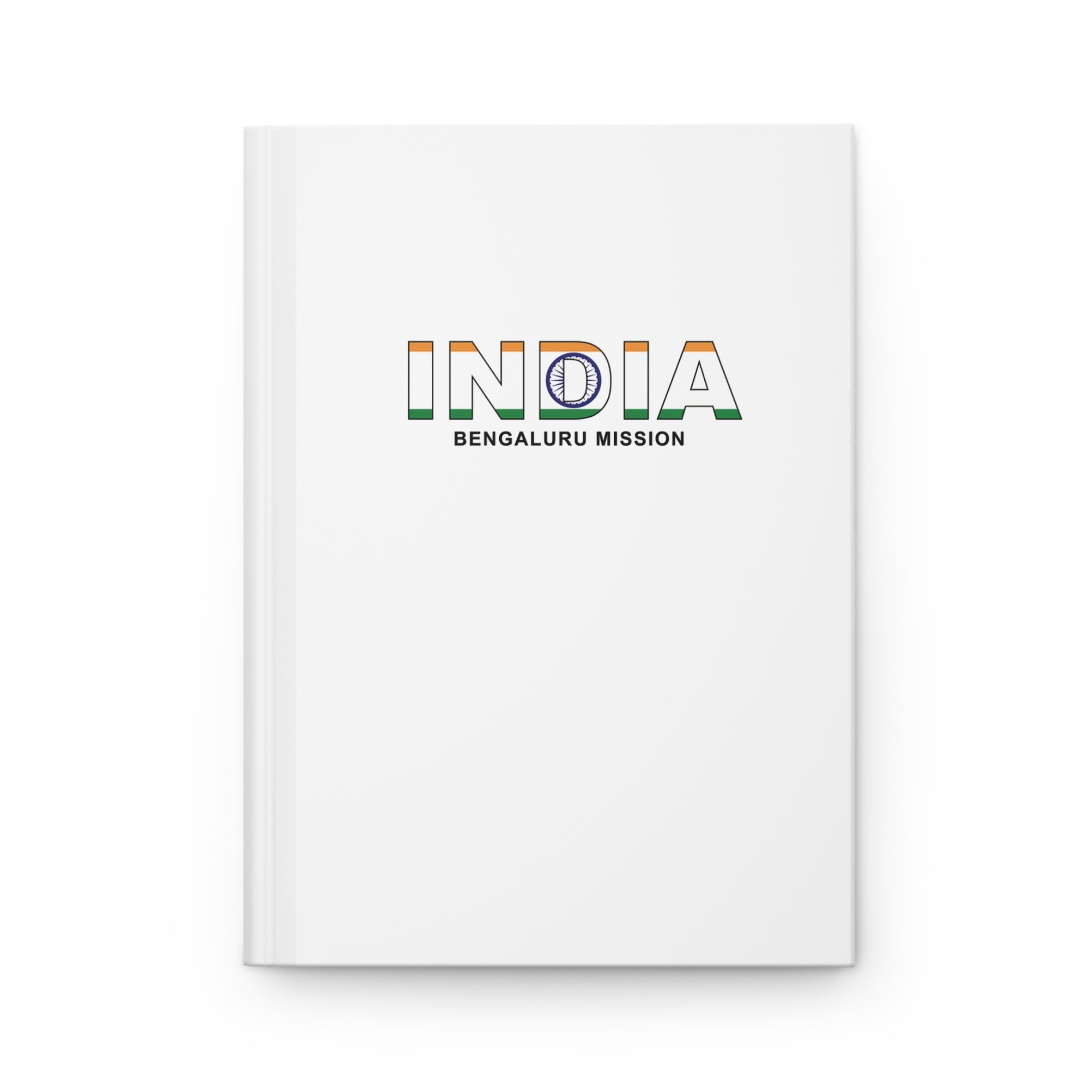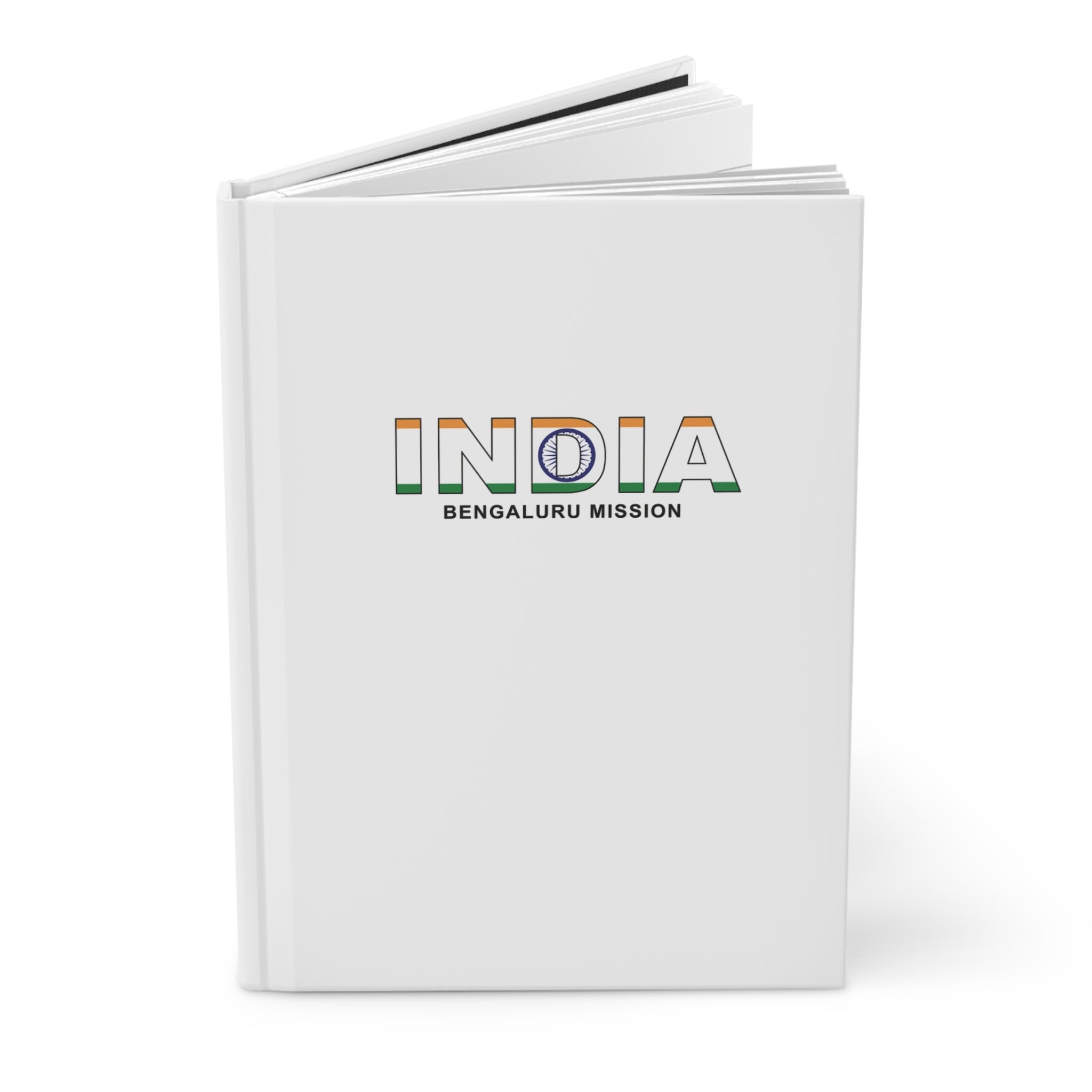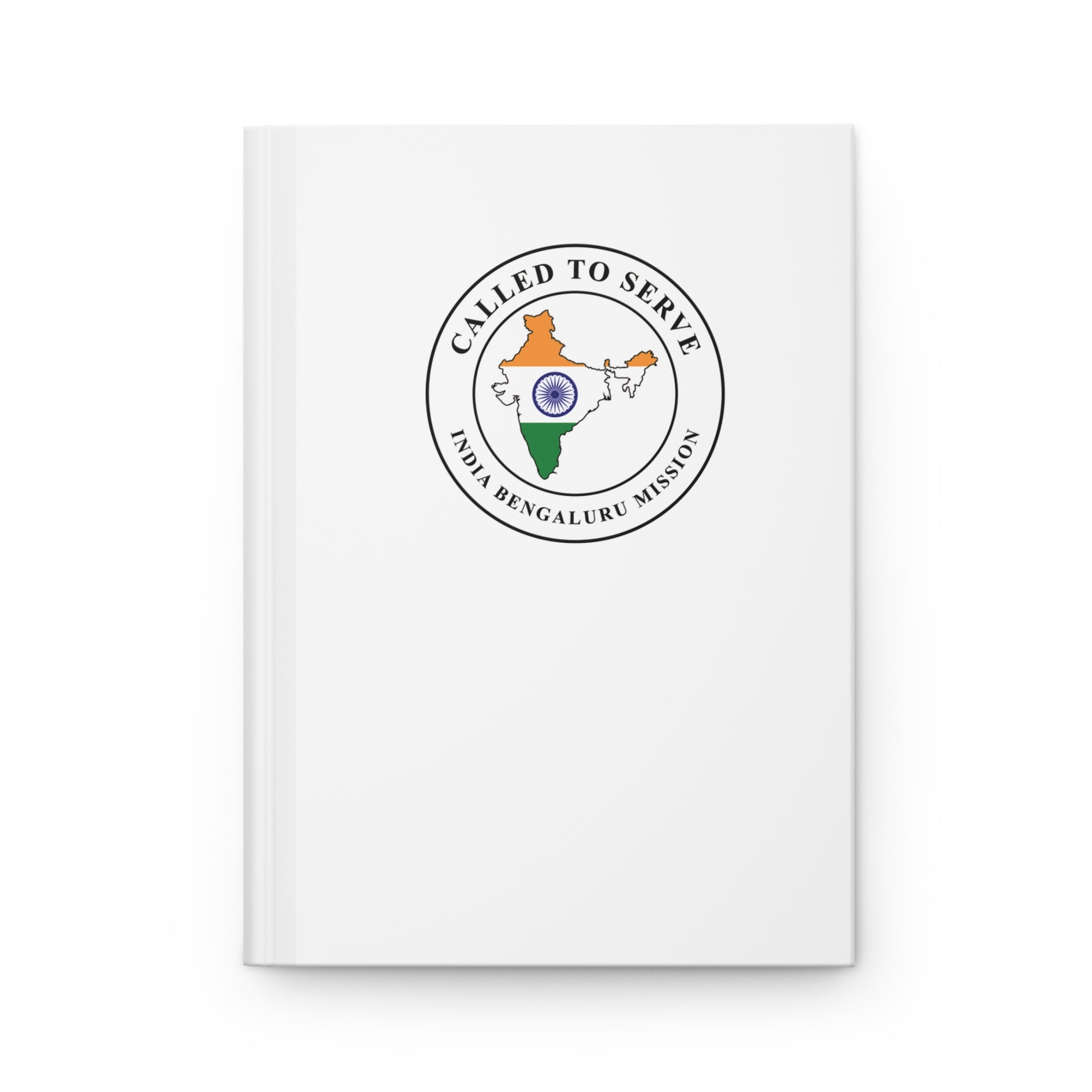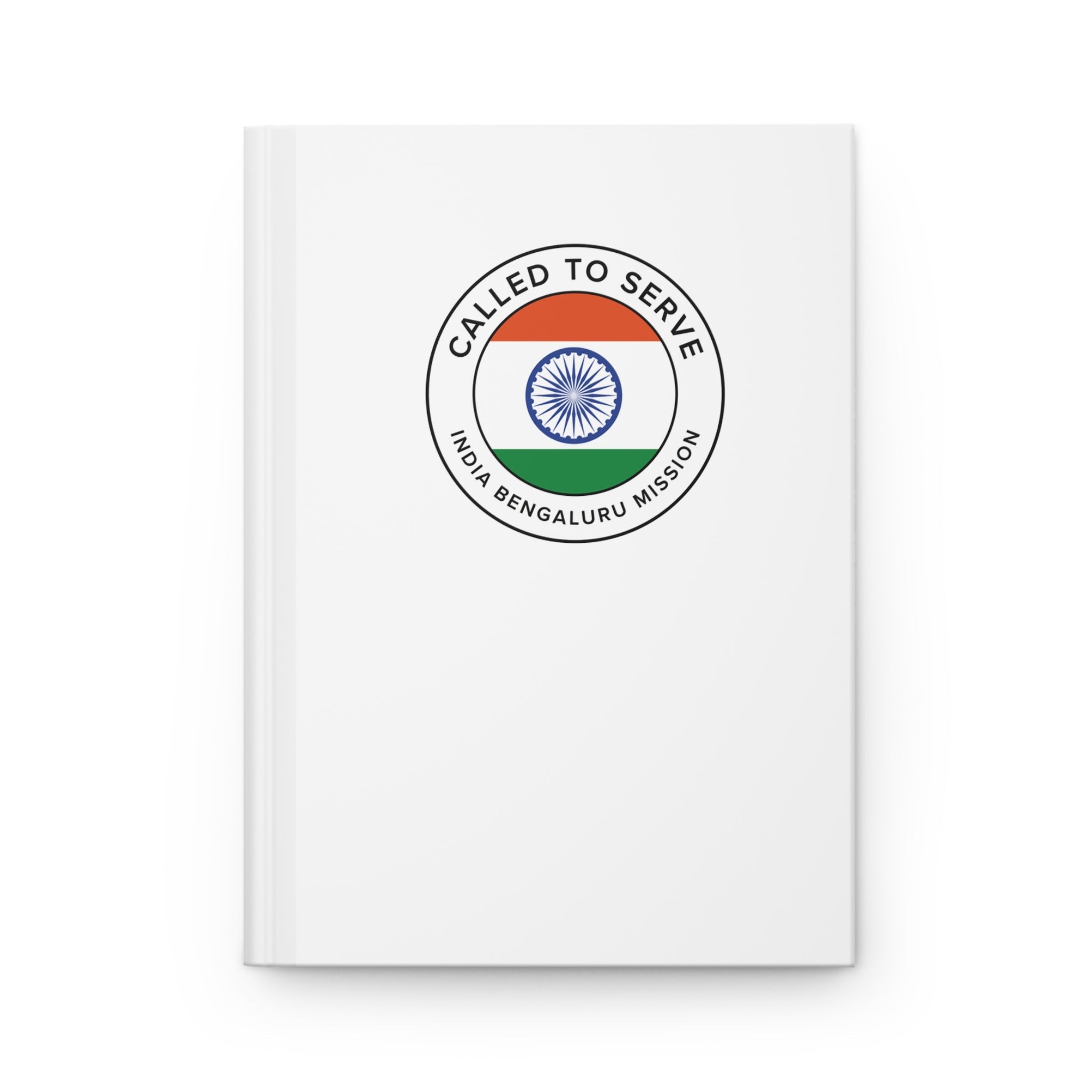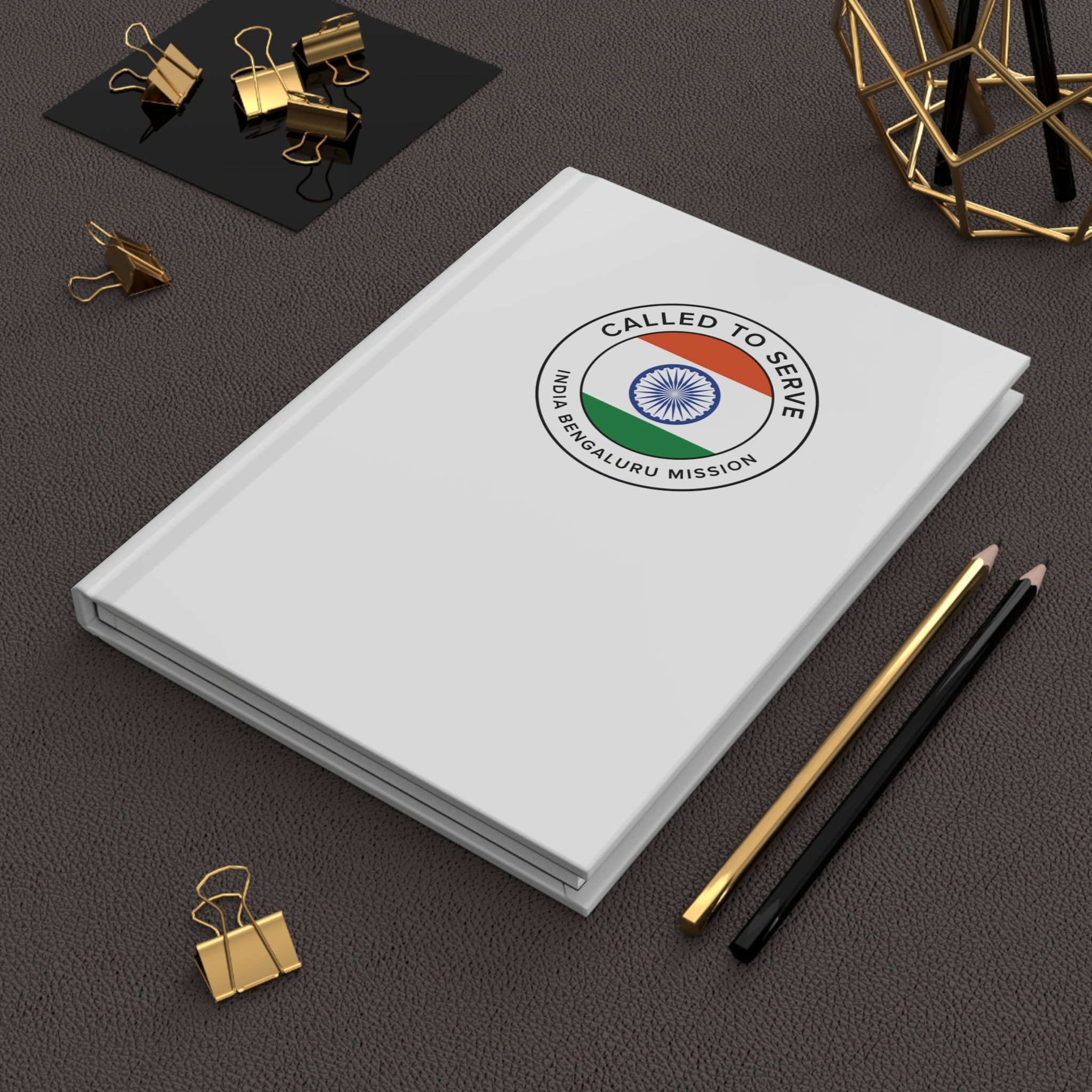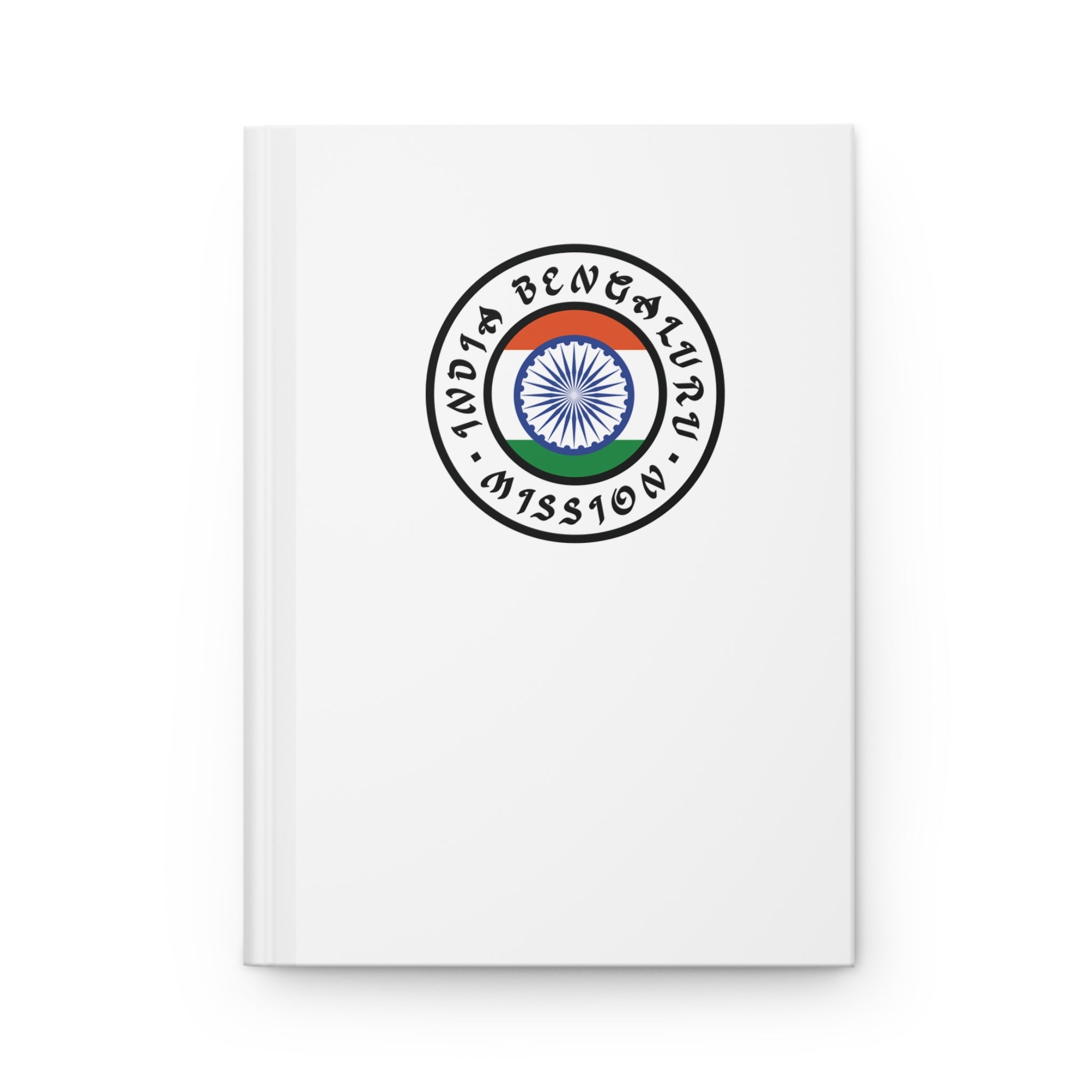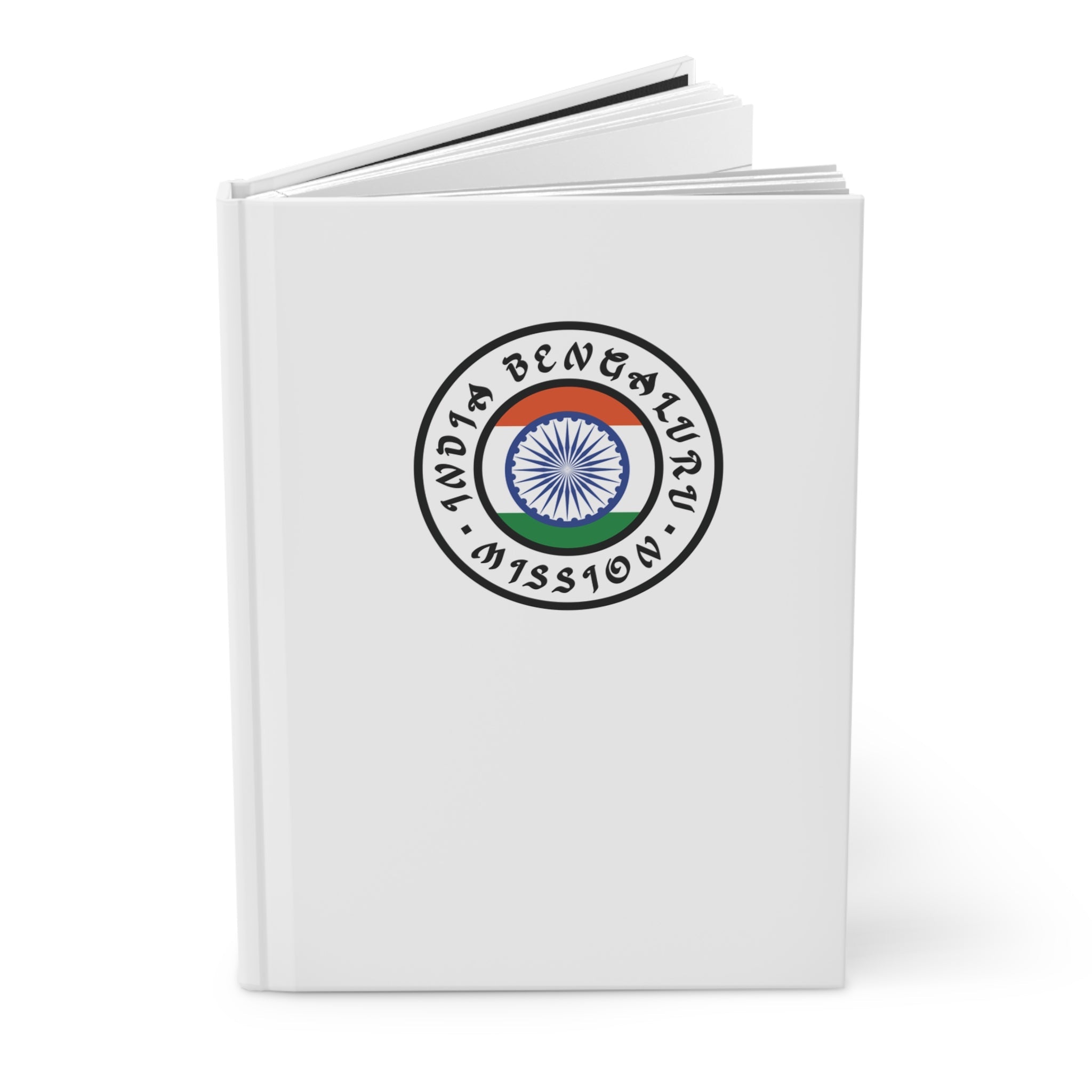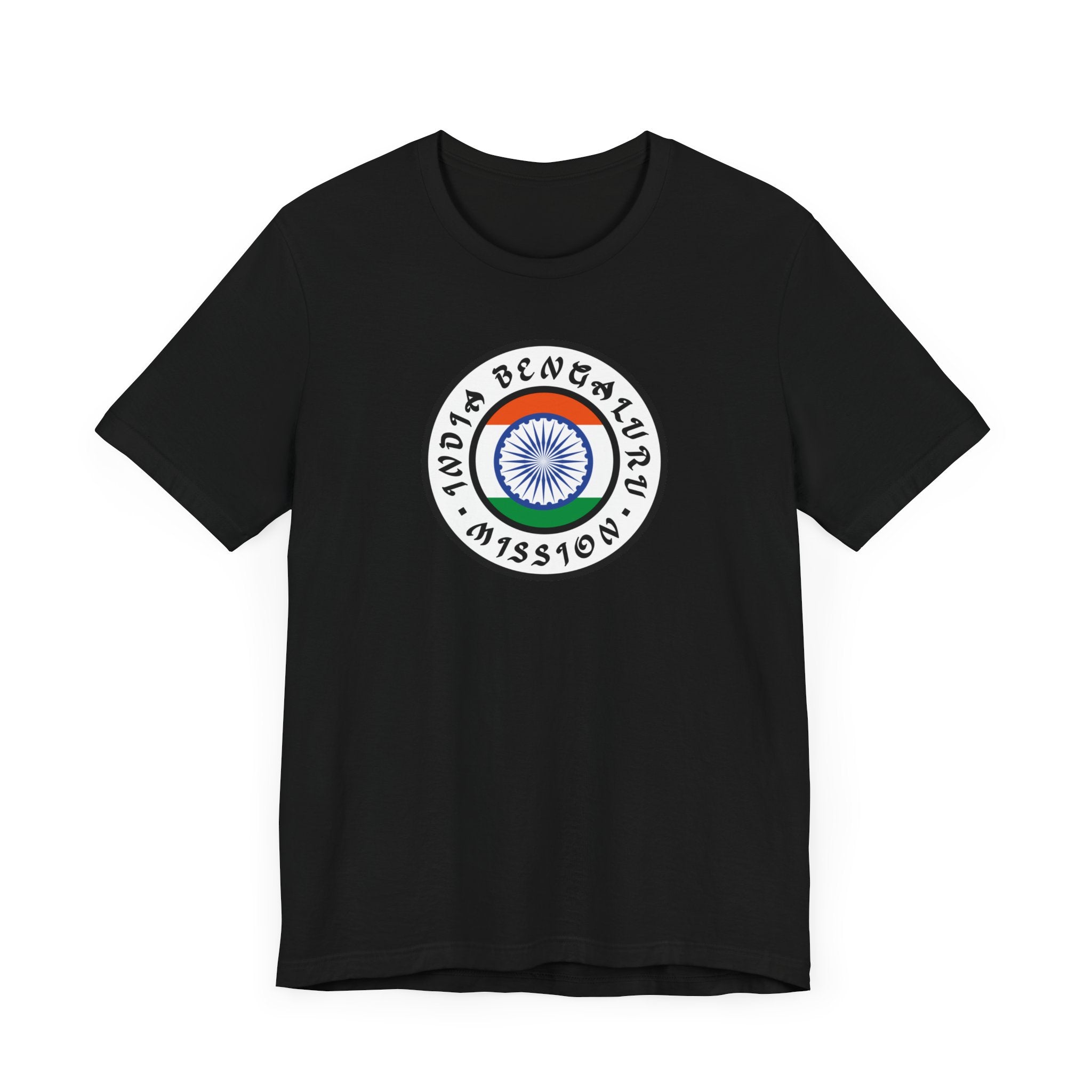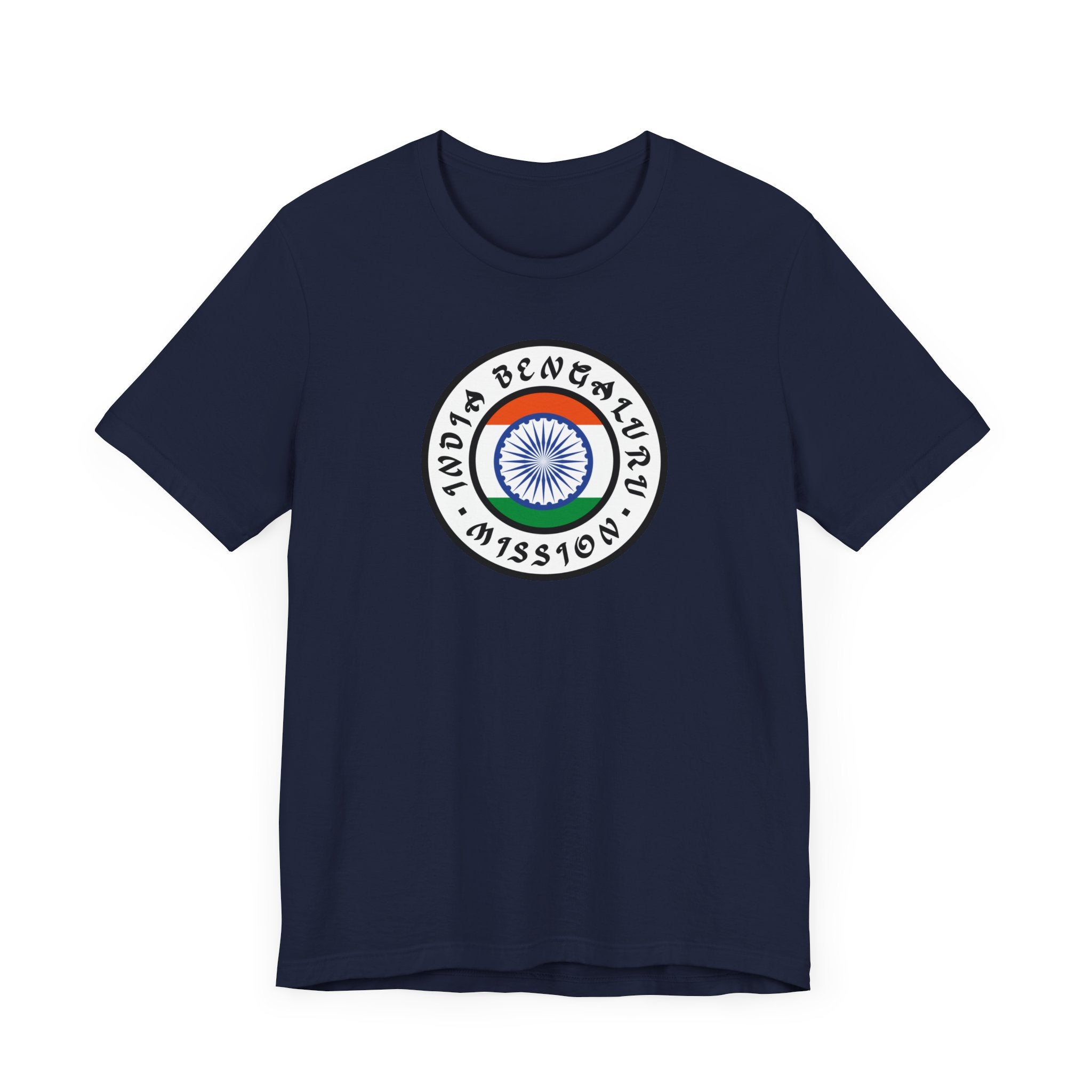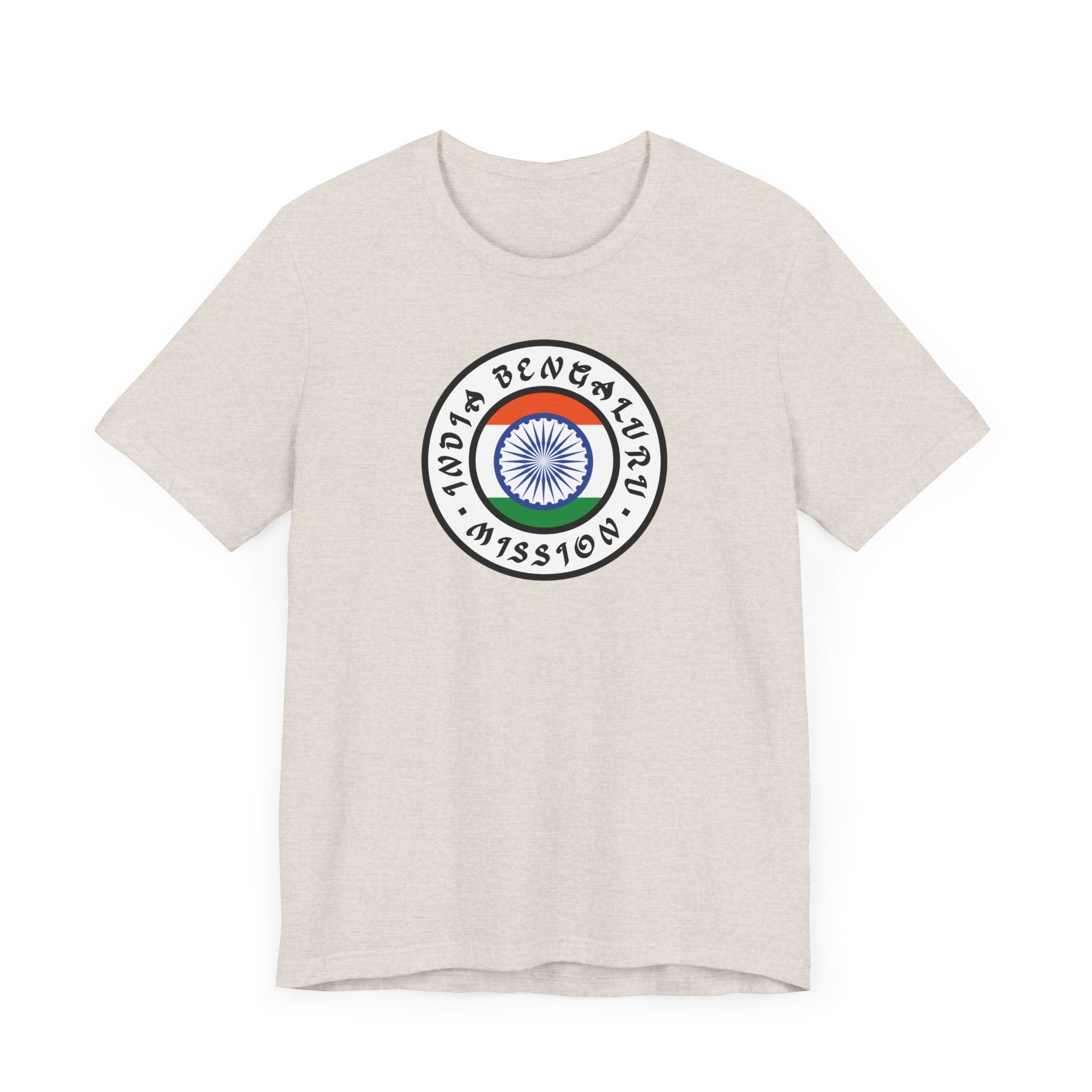The restored gospel reached India in 1849 through tracts from Orson Hyde and preaching by Latter-day Saint sailors. The first missionaries arrived in 1851. Over 300 Europeans and Indians joined the Church before the mission closed in 1856. A few members remained in the subcontinent into the 1930s, and three later missions to British India took place.
The first baptism in independent India took place in 1961, when Elder Spencer W. Kimball baptized Mangal Dan Dipty in New Delhi. Though a mission was not established at the time, people continued to find their way into the Church, “one of a city, and two of a family,” in different parts of the country (Jeremiah 3:14). For example, S. Paul Thiruthuvadoss was converted by a pamphlet he found in a used book store in 1954, and he began preaching the gospel near Coimbatore. In 1978 Edwin and Elsie Dharmaraju, expatriate Indians called as missionaries to their homeland, established a branch in Hyderabad.
In 1993 a mission in India was finally organized. Reactivation efforts, leadership development, and conversions led to a rapid increase in the number of branches. Visa restrictions limited the number of foreign missionaries, but local members helped carry the work forward, and Church membership in the country increased tenfold in the next 20 years, even as many members emigrated. The first stake in India was organized in Hyderabad in 2012.


